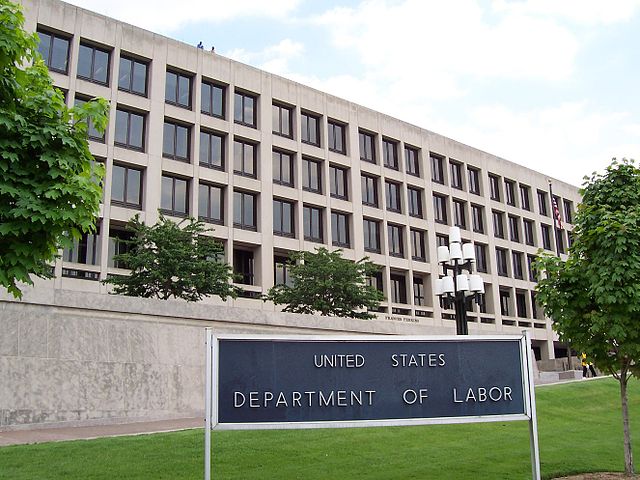
New Department of Labor Clarification of Definition of Independent Contractor
UPDATE: The Biden administration has issued an order which immediately bars further advancement of the DOL’s independent contractor rule previously slated to take effect March 8 and discussed below, until a department or agency head appointed or designated by President Biden reviews and approves the rule.
In today’s workforce—and especially in light of how the COVID-19 pandemic has changed the way people work—both employers and workers alike need to be aware of the distinction the law makes between employees and independent contractors. This classification is important because the minimum wage and overtime provisions of the Fair Labor Standards Act (FLSA) do not apply to independent contractors, but do apply to covered employees. While the courts have been inconsistent in deciding who is an independent contractor and who is an employee, the Department of Labor (“DOL”) issued a new final rule on January 6, 2021 that sheds some light on the distinction.
The final rule, which will go into effect on March 8, 2021, provides four important pieces of guidance for employers and workers to be aware of: With the rule, the DOL intends to address a critical issue for many works and employers, particularly in the growing “gig” economy. In essence, the final rule reaffirms the “economic reality test” to determine whether an individual is in business for him or herself (independent contractor) or is economically dependent on an employer for work (employee).
- First, the final rule reaffirms that the test to determine whether a worker is an employee or an independent contractor is the “economic reality” test. That test determines if a worker is in business for her or himself (an independent contractor) or is economically dependent upon an employer for work (an employee covered by the FLSA).
- Second, the final rule identifies and explains two “core factors” that are most probative to a worker’s classification as an employee or an independent contractor: (1) the nature and degree of control over the work; and (2) the worker’s opportunity for profit or loss based on initiative and/or investment.
- Third, the final rule identifies three other factors to serve as additional guideposts if the first two factors listed above point to different classifications: (1) the amount of skill required for the work; (2) the degree of permanence of the working relationship between the worker and the potential employer; and (3) whether the work is part of an integrated unit of production.
- Fourth and finally, the final rule provides six fact-specific examples applying the above-listed factors. This way, employers and workers alike can see how the economic reality test would be applied in a variety of employment contexts.
Because the new Biden administration could choose to alter or abandon the final rule before it takes effect in March, employers and workers should wait for further guidance before making any changes to their business practices. In the interim, employers and workers should ensure they are aware of their relationship to the FLSA and the distinctions between independent contractors and employees to limit potential exposure, ensure compliance with the law, and reduce potential worker misclassification.
- Final Rule: Independent Contractor Status under the Fair Labor Standards Act, United States Department of Labor, https://www.dol.gov/agencies/whd/flsa/2021-independent-contractor.
- Independent Contractor Status Under the Fair Labor Standards Act, Federal Register, https://www.federalregister.gov/documents/2021/01/07/2020-29274/independent-contractor-status-under-the-fair-labor-standards-act.